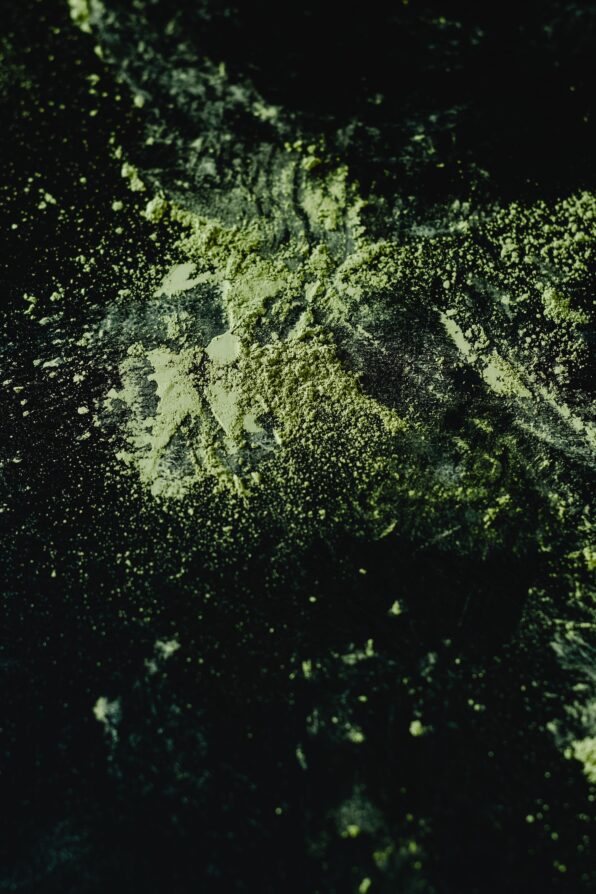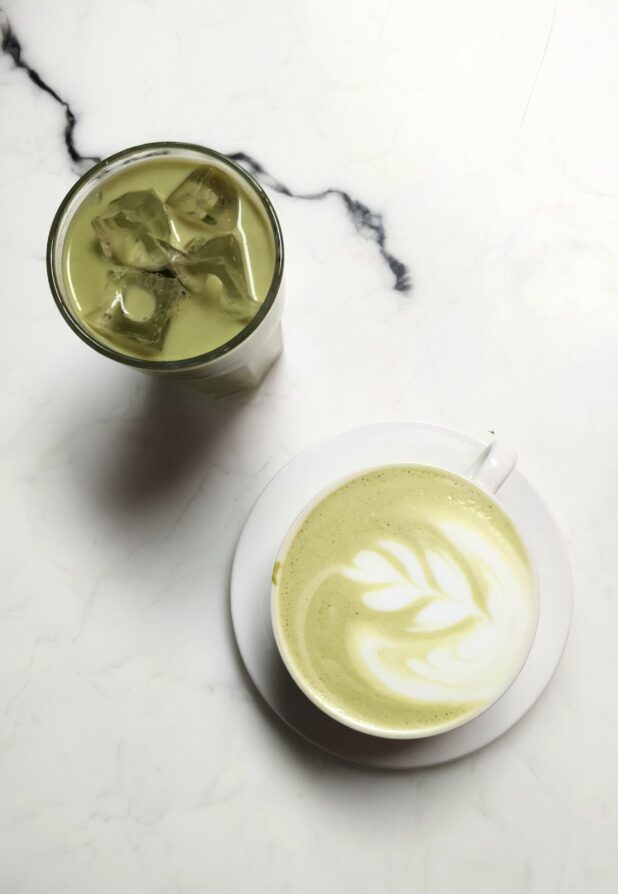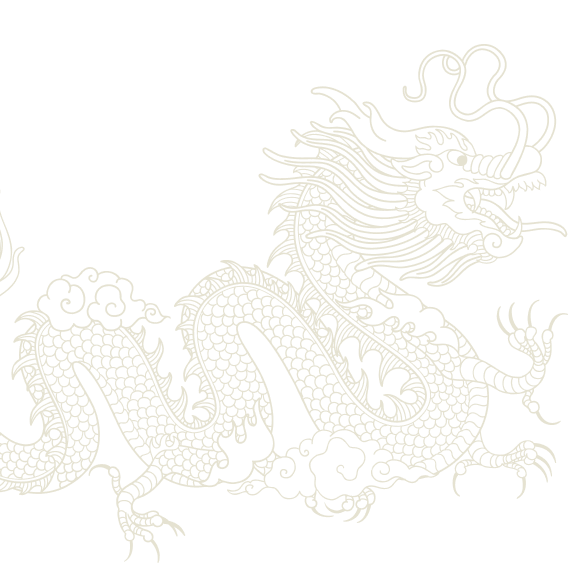Matcha: Better than Pumpkin Spice

Matcha: Better than Pumpkin Spice
Counterintuitively, we often associate matcha with foods and drinks that are on the sweeter end of the spectrum and yet matcha itself — while sweeter than other green tea — is only slightly sweet. Rather, its flavor is far more complicated and that’s why it’s such a powerful addition: the earthiness and umami bring out a complexity that you couldn’t find otherwise.

Grades of Matcha and How to Prepare the Highest Grade
To begin, there are two grade categories of matcha, defined mostly by harvesting and processing qualities. These two are ceremonial grade and culinary grade.
Ceremonial is the highest-quality grade and is accordingly associated with the traditional matcha ceremony, itself a mark of refinement and nobility. Ceremonial grade matcha comes from an early harvest of younger matcha leaves stone-ground into the finest powder, which gives it mellower flavors and the smoothest texture.
Given its quality, this grade of matcha should exclusively be imbibed the traditionally prepared way: by whisking the sieved matcha powder and hot-but-not-boiling water together in a specialty matcha chawan bowl to a froth. Using ceremonial matcha in other ways, such as baking or in lattes, would really just be a waste of such a fine ingredient.
If you’re a more visual type, there are lots of good videos demonstrating matcha preparation such as this one.
Culinary Matcha then is Broken Down into Five Further Grades:
Premium: This is just barely a step down from ceremonial matcha, taken from the second harvest of leaves. The flavor here is a bit more pungent than ceremonial grade, but it’s still similarly light and refined. We still recommend using this in ways where the quality is discernible, i.e., not wasting it on baked goods.

Cafe: Just As the name suggests, this grade is common in cafes baked goods or drinks. The leaves are harvested after the premium grade matcha and as a result the flavor becomes stronger.
Classic: This grade is the most widely available matcha. If you bought some matcha at a grocery store and aren’t sure what it is, it’s probably this. The flavor here is stronger and can be a bit bitter if you were to try to drink it in more traditional ways, but its pungency makes it great for using in large quantities in food or mixed drinks.
Ingredient: Similar to cafe grade, ingredient grade matcha is exactly what it sounds like: good as an ingredient in other foods. It’s generally later harvest matcha plus with older leaves mixed into the powder, which makes it not as fine and have has a stronger flavor.

Kitchen: Lastly, this flavor is the most bitter. It’s also visually not the same smooth light green that you get see in higher grades of matcha. The most common use for kitchen grade matcha is in baking large-to-industrial quantities.
Uses for Non-Ceremonial Matcha
If you’re reading this, it’s probably because you already have at least some level of inspiration for how to use matcha or have already incorporated it into other foods and drinks in the past. (We went over some matcha uses before, going beyond just the culinary.)
In the last decade matcha has become popular in the US specifically the matcha latte that can be found at many if not most coffee shops. There are also creamy matcha smoothies and milkshakes. And, if you haven’t thought of this already, you can experiment with adding matcha to your cocktails. There are endless combinations and possibilities!
Another area of inspiration are the endless matcha-flavored snacks — matcha pocky, matcha wafers, matcha mochi ice cream.
You can add matcha to cakes, crepes, cookies, homemade ice cream, frosting, cheesecake, tiramisu and so much more. The only limitation to what you can use matcha in is your imagination.
Potential Health Benefits
Before we go, it’s worth mentioning some of the ways matcha can potentially provide a bit of a health kick too.
Of course, it’s not a cure-all, but there have been studies that have implied matcha provides marginal health benefits over time. From these studies, inferences can be made to back up these health claims based on matcha’s chemistry.
For example, the shade growth of matcha versus other teas increases their chlorophyll production, which is the compound that makes plants green and is associated with a whole bunch of health benefits. There’s a reason why health experts always say to eat your leafy greens!
Matcha is high in antioxidants which help stave off the oxidation of cells from free radicals. It can also help stabilize weight, which for some means making desired weight loss easier through healthy, sustainable means.
Matcha is a delightful addition to one’s cooking and drink-making repertoire. Its earthiness can make otherwise straightforward foods more complex and make suitable flavor profiles all the richer.




